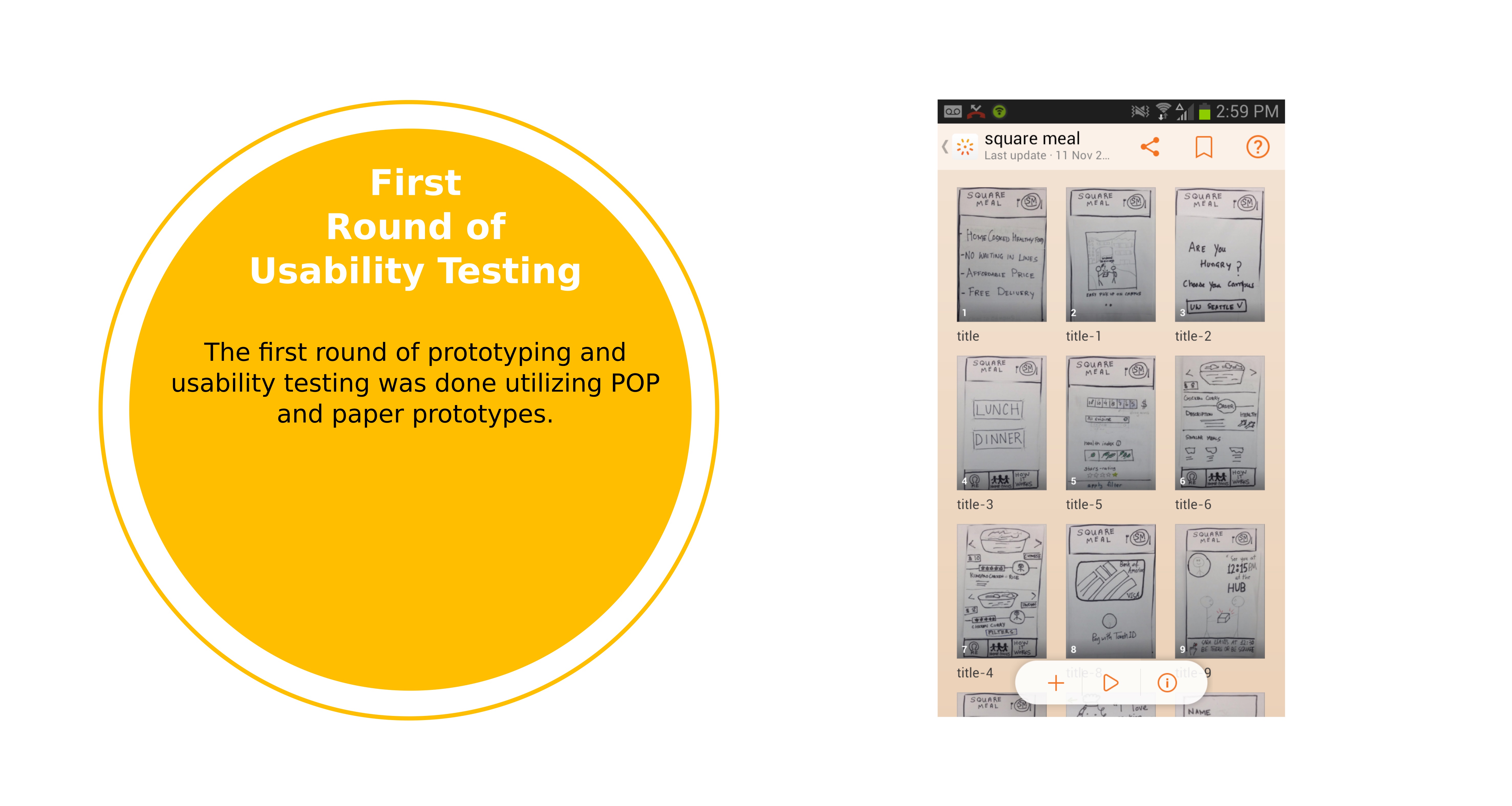To offer international and American students access to affordable, authentic flavors and to build relationships between students and local international families.
SquareMeal is an iOS application that connects students with home cooks who deliver authentic ethnic foods to campus.
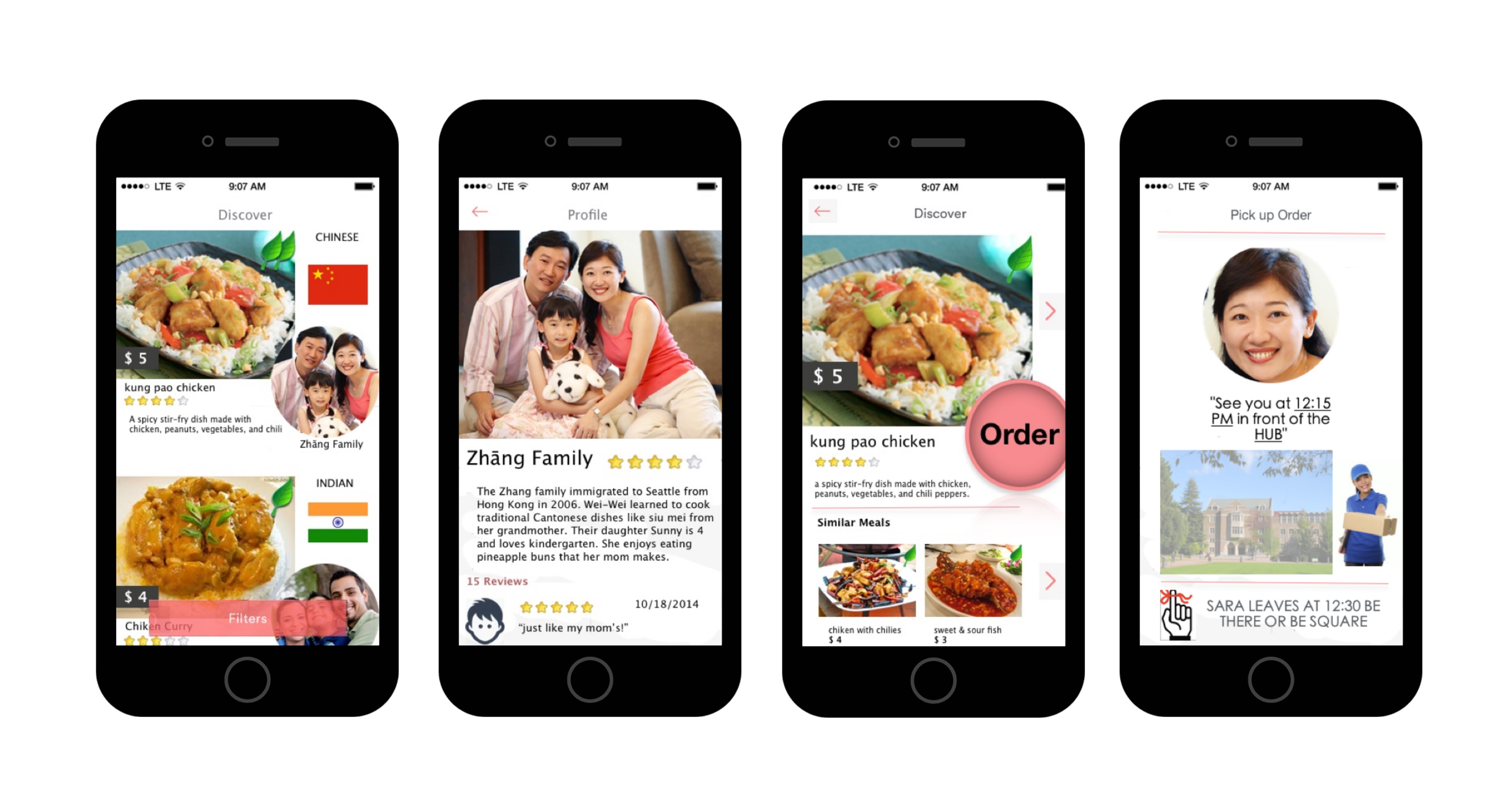
The design process of this project consisted of Research & Synthesis, Conceptualization, Wireframing & Designing and Usability Testing.
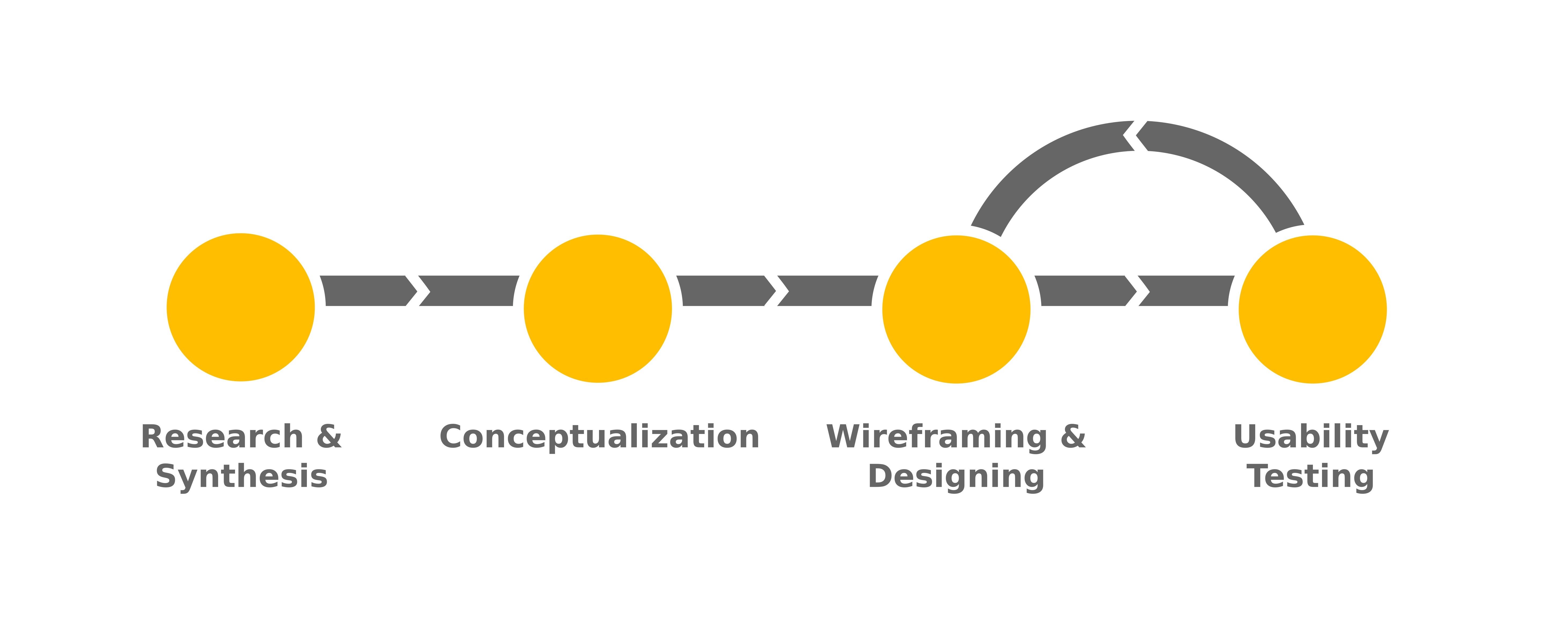
All of the research methods that we have chosen are used in the first stage of product development cycle (Strategize phase.) While interviews and surveys are used to capture what people are saying, field research and contextual design are used to capture what people are doing. Therefore, the methods that we are using complement each other. What people are saying is important because it is used to figure out their goals. On the other hand what people are actually doing is important because it allows us to understand how and why people do what they do. This also gives information about the environment that the people live in.
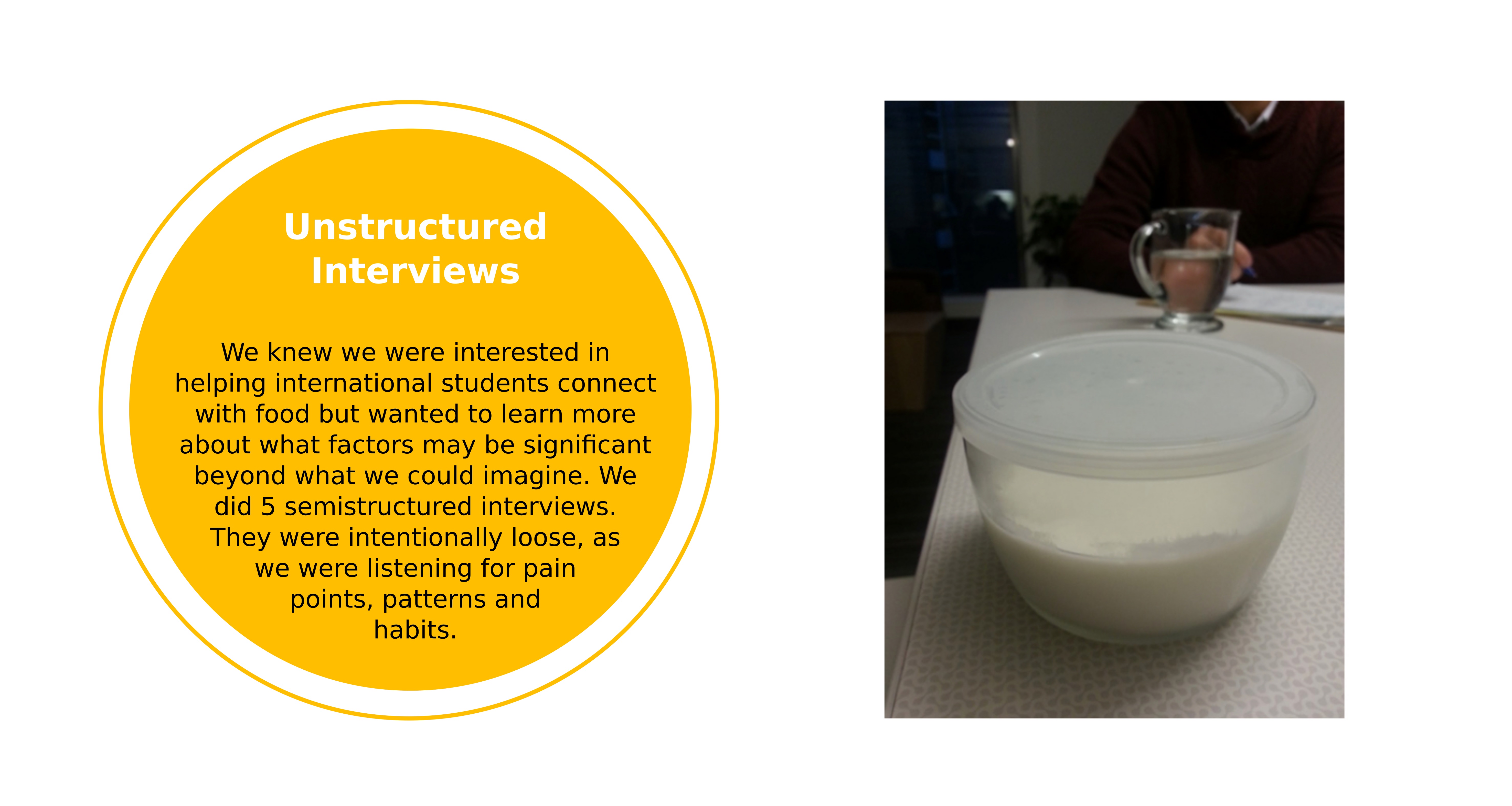
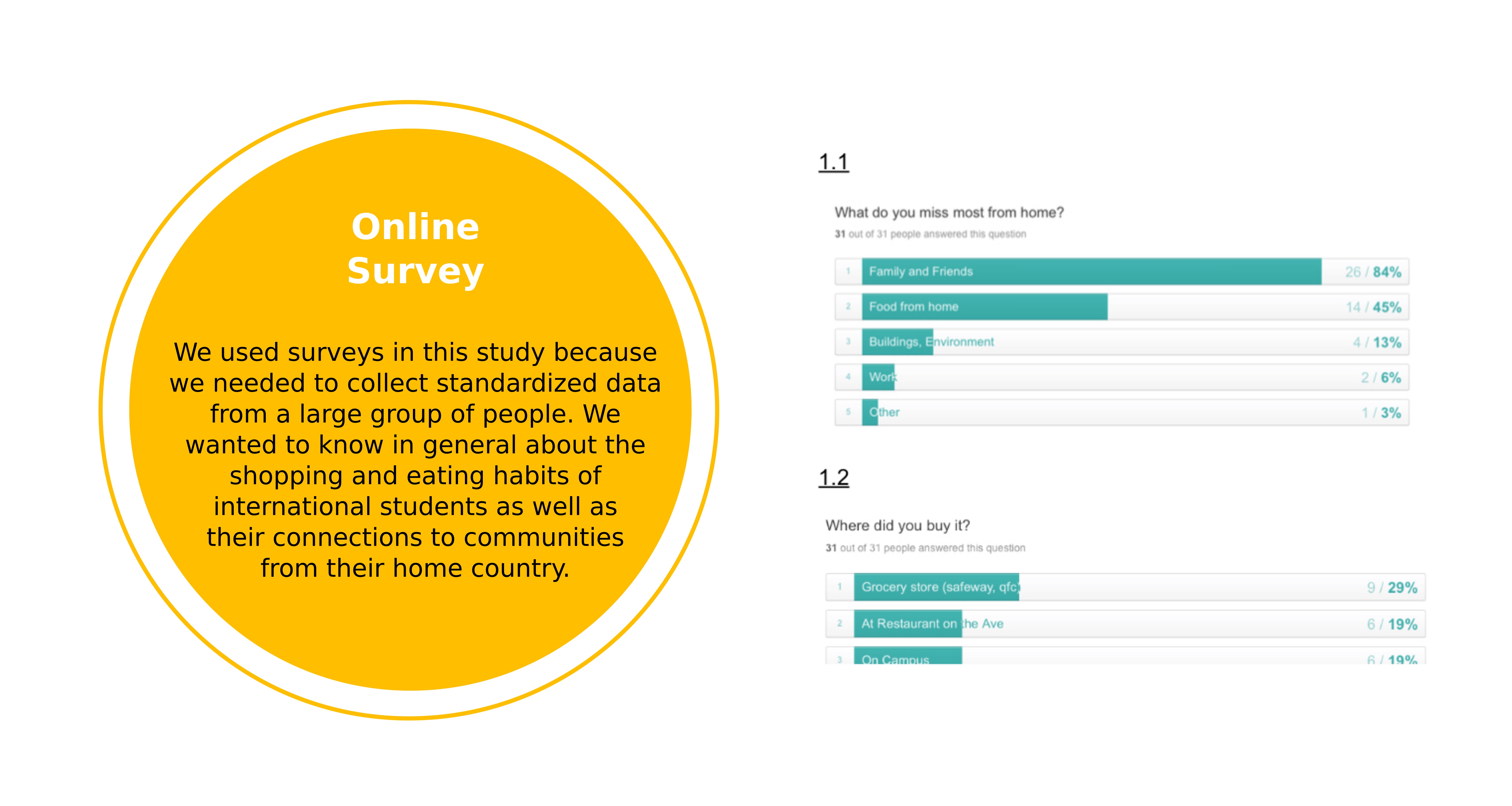
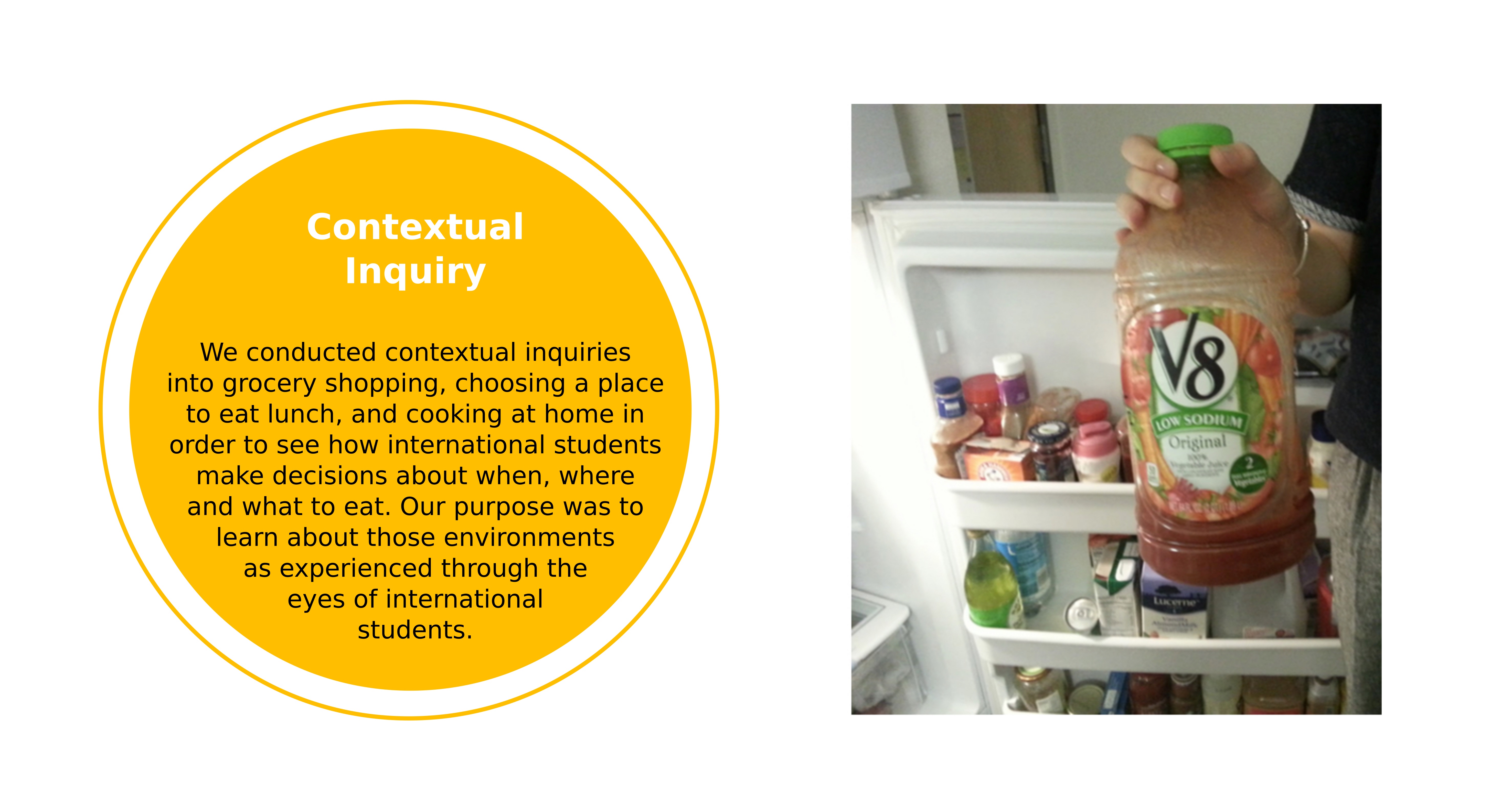
Design Requirements:
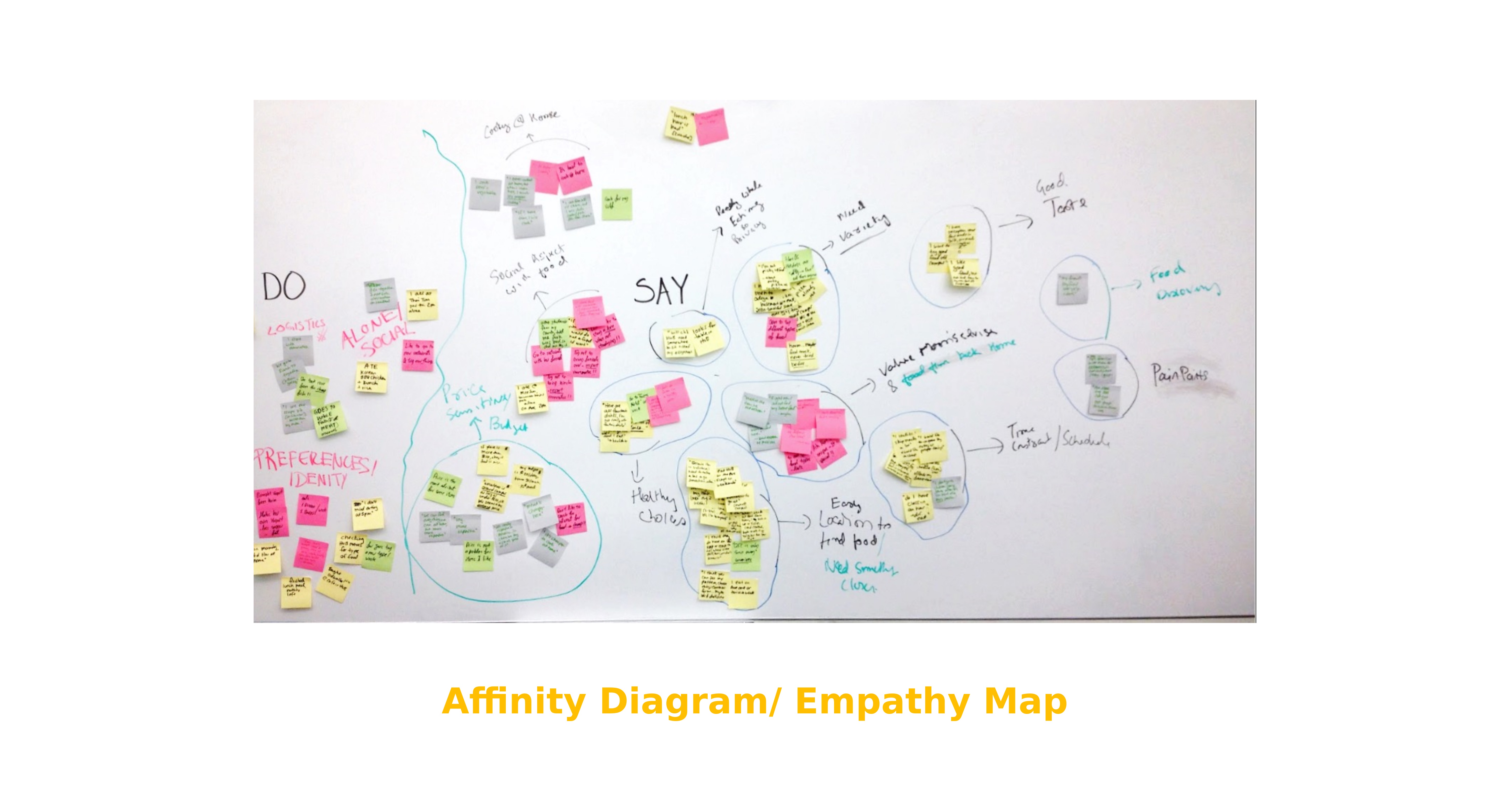

The outcome of this stage include low fidelity prototypes that were used in the first round of usability testing and high fidelity prototypes that were used in the second round of usability testing.
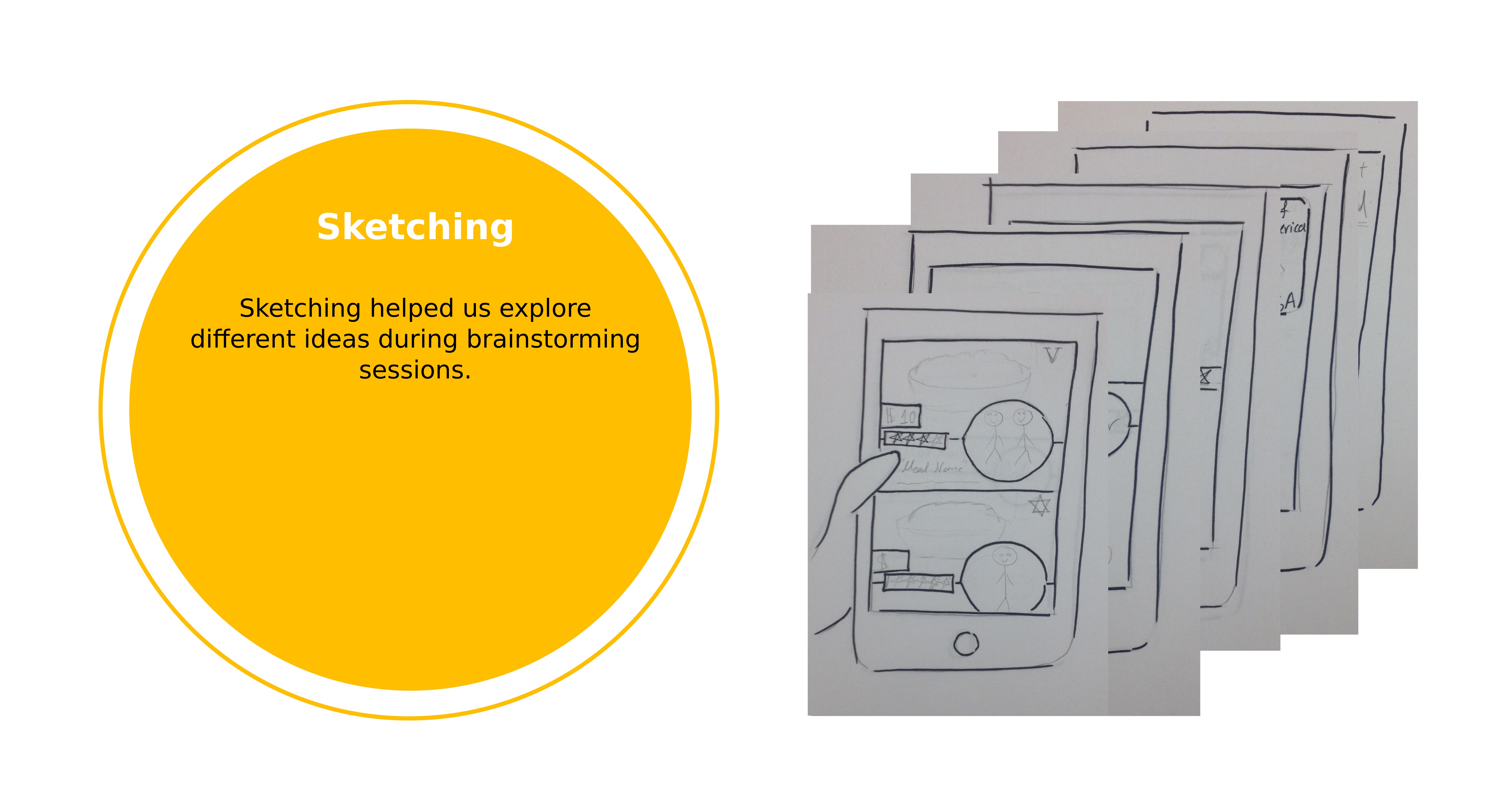
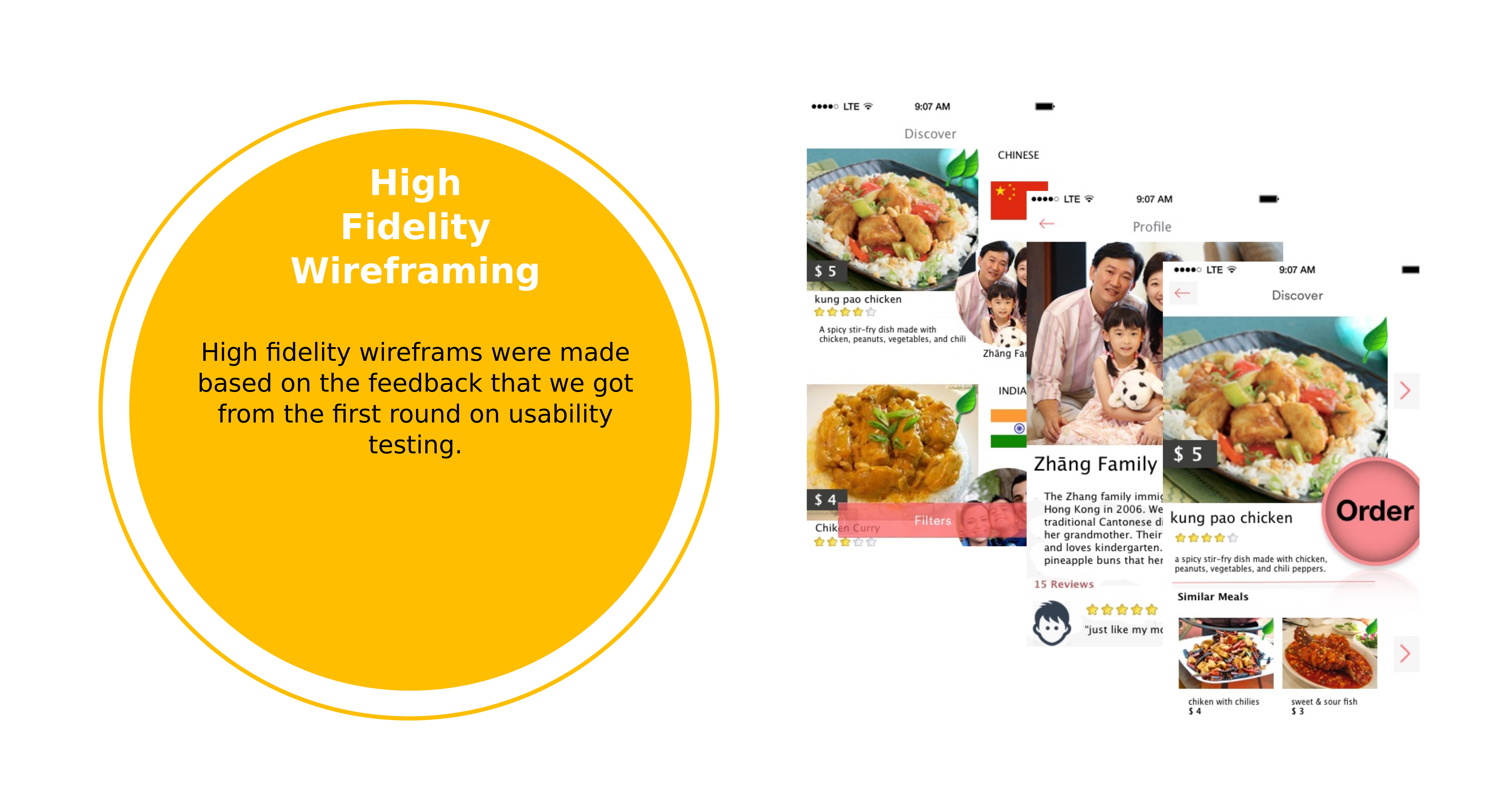
Two rounds of usability testing were conducted in this project. First, we used POP to capture feedback on our initial ideas. Then we utilized InVasion to user test our high fidelity design.
The following tasks were given to participants during the second round of usability testing:
